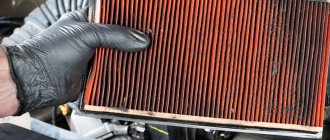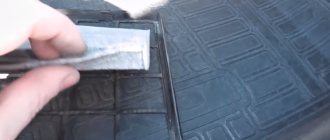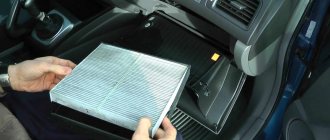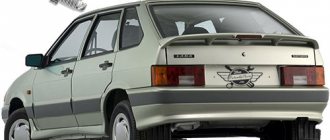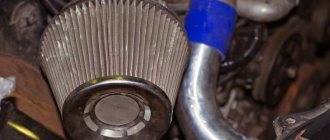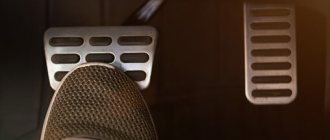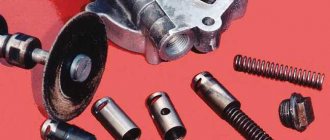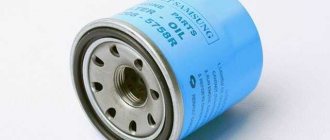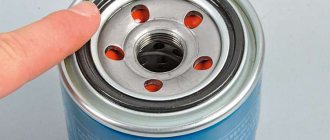An internal combustion engine has a large number of rubbing parts. Lubricant is supplied to them in one way or another to reduce the friction force and remove wear products that inevitably form during operation. To prevent removed dirt from returning to the parts, the oil must be cleaned, for which a special filter is used. The design of the oil filter may be different, but its purpose remains the same - constant cleaning of the lubricant.
As the vehicle is used, the filter gradually becomes clogged and needs to be changed from time to time. As a rule, the replacement is carried out simultaneously with the oil change. Automobile manufacturers themselves determine the frequency of replacements, depending on the engine design and operating conditions. For modern gasoline engines, the interval is usually about 15,000 km, for diesel engines - half that.
Oil filter design
Oil filters used on passenger cars have a similar design. Inside the glass-shaped housing there is a filter element, a spring, a bypass valve and a check valve. It has several inlet holes located around the perimeter of the upper part, and one outlet. The outlet has a thread for mounting an oil filter. There is also a rubber O-ring located outside, the sole purpose of which is to prevent oil from leaking through the connection.
The filter element is usually made of special impregnated cardboard, which is folded like an accordion and rolled into a roll. This is done in order to increase the working surface area, because the larger it is, the better the oil is cleaned and the longer the filter will last.
Many people are not even aware of the presence of a bypass valve in the filter, but it is a necessary element. It is needed in order to directly direct raw oil into the lubrication system under certain conditions. For example, when starting the engine in severe frost, when it thickens and cannot pass through the filter element (otherwise the flow of thick oil will destroy the filter). Thanks to this, the engine will not be left without lubrication during operation.
The purpose of the check valve is to prevent lubricant from draining from the oil line into the crankcase of a stopped engine. Otherwise, the next time you start the motor, it will be without lubrication, which will not prolong its life. How well the check valve works can be judged by how long the oil pressure indicator on the dashboard remains lit after the engine is started (picture of an oil can). Ideally, it should go out immediately, but up to seven seconds is considered the norm.
Installing a new filter
The oil filter is replaced during scheduled maintenance. Changing it is simple:
- If the filter is framed, then you need to tear it off using a wrench and then unscrew it by hand. In the absence of a key, the filter housing can be pierced with a screwdriver, and then easily unscrewed by hand. It is necessary to fill the housing filter with oil to prevent the engine from starting “dry”. The new filter is tightened manually to avoid stripped threads;
- The filter insert is easier to change. The body is usually at the top. Unscrew the plastic cap and remove the used filter element. The body must be wiped with a dry cloth, eliminating dirt and mechanical impurities. Insert the new filter into the seat and put a new O-ring on the cover.
